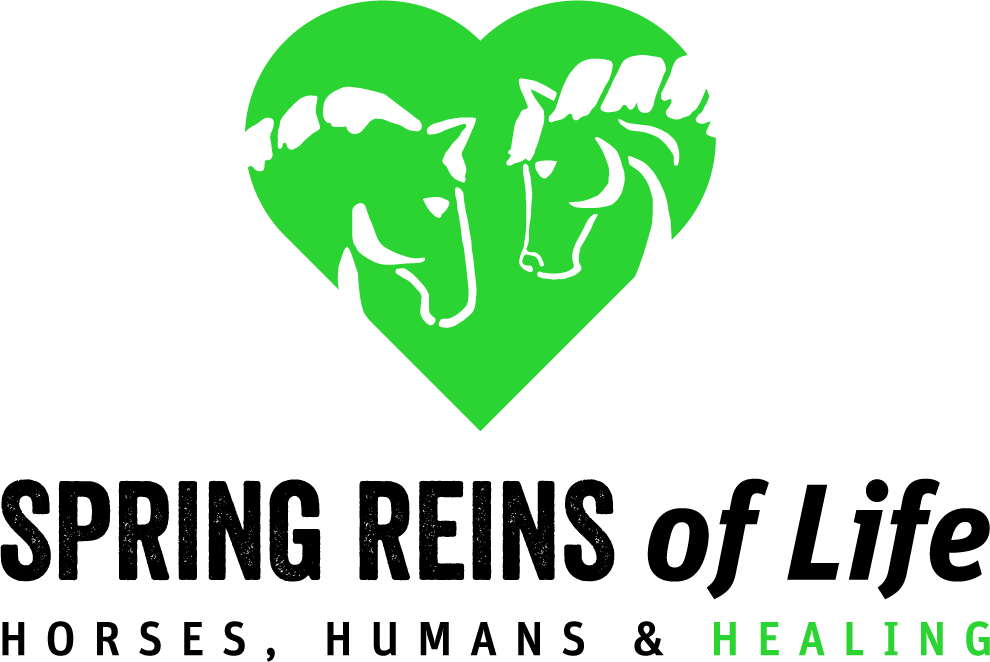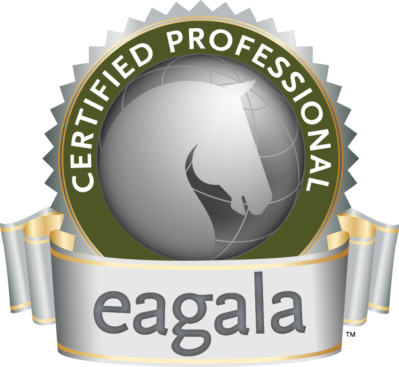Equine Assisted Therapy for Bereavement
Bereavement and mourning are tasks of those who have lost a loved one in their lives. Although it can progress to a point where one would exhibit clinical manifestations of diagnosable psycho-pathologies, in most cases it is a sad, difficult but normal time for those who are left behind after a death.
It is a time of sadness, anxiety, anger, fear and the desperate feeling of being alone. Not lonely, there are often scores of people offering support to the bereaved…but alone. One is trapped with the real sense that no one else can possibly know how they feel or what they are going through. And of course they would be correct…grief is unique to every person…but to all a dark and difficult journey.
Despite this accepted notion of unique and individual grief; bereavement therapy offerings and interventions are often cookie cutter outlines intended to guide the bereaved through the stages of grief. In my own experience with my children, every grief support group they attended were exact replicas of the other. In most, children were required to progress through the stages of grief as identified by Worden et al in the Harvard Child Bereavement Study; (1) accepting the reality of loss; (2) experiencing the pain or emotional aspects of loss; (3) adjusting to an environment in which the deceased is missing; and (4) relocating the person within one’s life and finding ways to memorialize the person. The “therapy” would require a child to identify who they lost, talk about how sad they felt, come up with ideas for how they can go back to their life “as normal” and then make a memory box or story…etc.
It seemed to me that at the conclusion of the therapy, children were expected to have completed the tasks of mourning. My children threatened to never speak a word to me again if they had to build “one more memory box.” The idea may have helped the first time, but offered no comfort to kids who were still suffering as time progressed and the pain was still raw.
In a recent book published by William Worden, he wisely notes:
“Let me conclude this introduction with something that causes me concern – the failure of clinicians and researchers to recognize the uniqueness of the grief experience. Even though mourning tasks apply to all those dealing with losses – how a person approaches and adapts to these tasks can be quite varied. A one size fits all approach to grief counseling or grief therapy is very limiting” (Worden, J. William. Grief Counseling and Grief Therapy. Springer Publishing, 2009. p. 12)
Equine assisted therapy is not one size fits all. There are many ways this approach can be effectively utilized to help those bereaved. For one, as the attached article by Strom/Wilson illustrates, traditional bereavement support can be offered using horses as facilitators. But it can be more.
One crucial element of life that is missing during times of intense grief is peace. Peace of mind, peace of your soul is absent and it contributes to fatigue, sadness, and despair. The human-equine bond is special and fosters peace…the opportunity to have these moments is such a gift to those bereaved and fosters healing. “Therapy” for some bereaved can simply be the pursuit of peace.
Secondly, as noted above, one size does not fit all and traditional therapeutic intervention does not work for some children and MANY teens. Equine assisted therapy can be the tool that helps a child or teen begin to progress through the stages of mourning without having it “feel” like therapy.
This is a new field with many opportunities. It is an intervention model that I am more than confident will be successful. Using simple survey type depression scales to assess outcome for validation, this intervention also seems easy to prove as an evidence based therapeutic intervention. And it can be an effective way to help kids after loss…there are so few good programs available.
MaryEllen McKillion Salamone
Widow to John Salamone who was killed in the attacks on the World Trade Center on September 11, 2001. Single mother to Alex, Aidan and Anna, ages 6, 4 and 2 at the time.
- Founder, Children of September 11 in 2002, (independently funded program under Families of September 11, designed to address the specific needs of children who lost loved ones in the terrorist attacks)
- Founder, 2 Educate 2 Inspire 4 Action (State of New Jersey’s Department of Education)Board member, National Center for School Crisis and Bereavement
- Appointee, Educational Advisory Board of the National 9/11 Memorial Museum
- Appointee, White House National Commission on Children and Disasters Committee on Education
- Served as Parent Chair, NICHQ (National Institute for Children’s Healthcare Quality) in a year long program to assist pediatric primary care practices in implementing mental health screening during annual physical examinations
- Served as faculty, Mt Sinai Medical School’s Reaching Children Initiative, a two year long continuing education program for pediatricians addressing the mental health needs of children after the 9/11 attacks
- Founder and Board/Advisory member, Families of September 11 (www.familiesofseptember11.org), Served as president for two years, raised over one million dollars in funds for the organization
- Collaborated on and wrote Forward for the recently published The Grieving Student: A Teacher’s Guide and co-wrote the accompanying teaching training module
- Advisory Board, Spring Reins of Hope~Growth, Getting to the Horse of the Matter, with specific regard to the Bereavement work and Equine Assisted Psychotherapy

